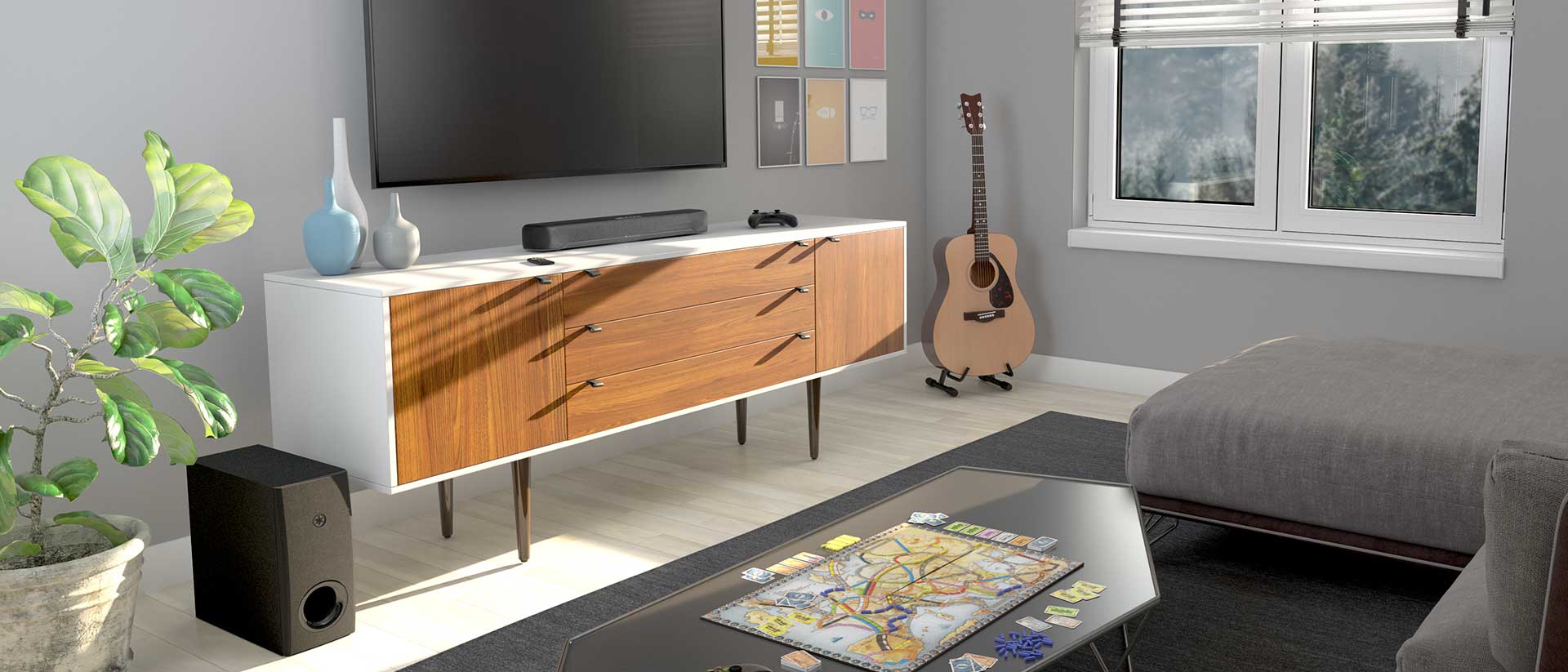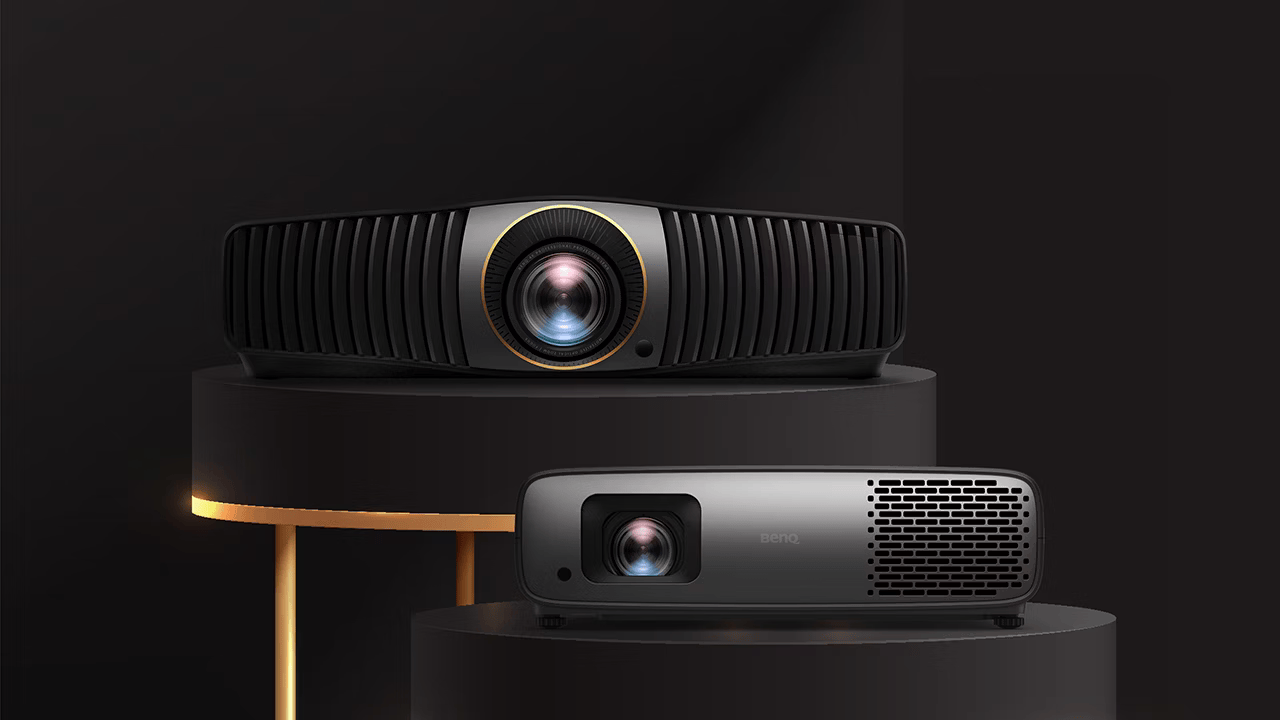Sound+Image Verdict
An excellent TV audio solution with solid sound able to power along a big movie soundtrack with clarity and power, if not the width and height of a larger and costlier system. Price is definitely one of the stars here
Pros
- +
Good sound for movies & TV
- +
Subwoofer included
- +
Set and forget
Cons
- -
Variable for music
- -
No height or surround
Why you can trust What Hi-Fi?
Small soundbars can be very useful, and doubly so if they don’t need a subwoofer. They can then be the perfect thing for a bedroom TV or a rumpus-room TV: anywhere you want audible sound better than a TV, but not a full-on room-banging surround solution.
Yamaha’s long history in soundbars has enabled it to deliver some excellent little lone bars, such as the compact SR-C20A soundbar (£229/$180/AU$279), which we gave a Sound+Image award for its sheer value and remarkable competence for the size.
This new SR-C30A, however, adds a wireless subwoofer to work in concert with the compact bar. Let’s dig into its secrets.
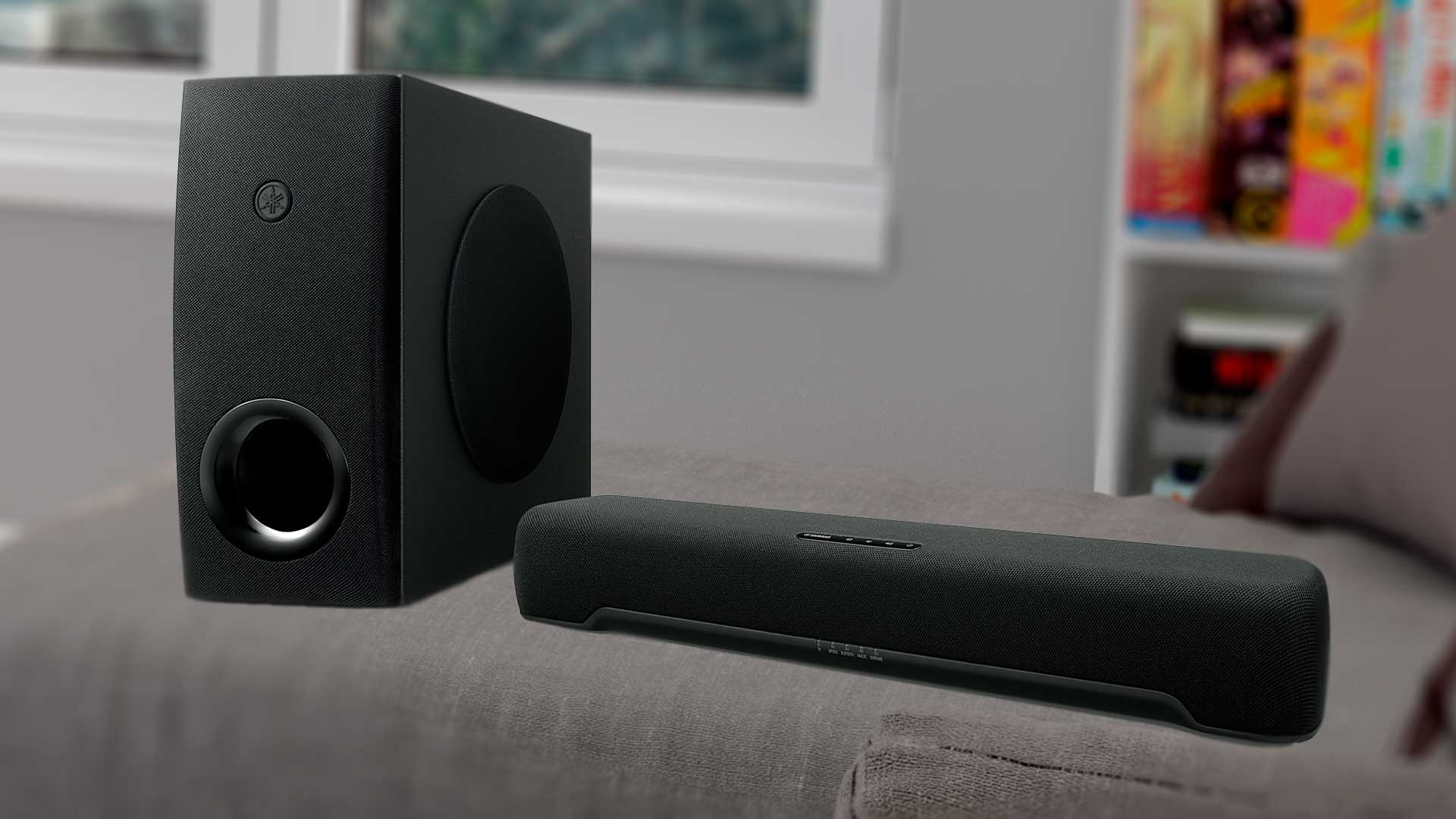
Build & features
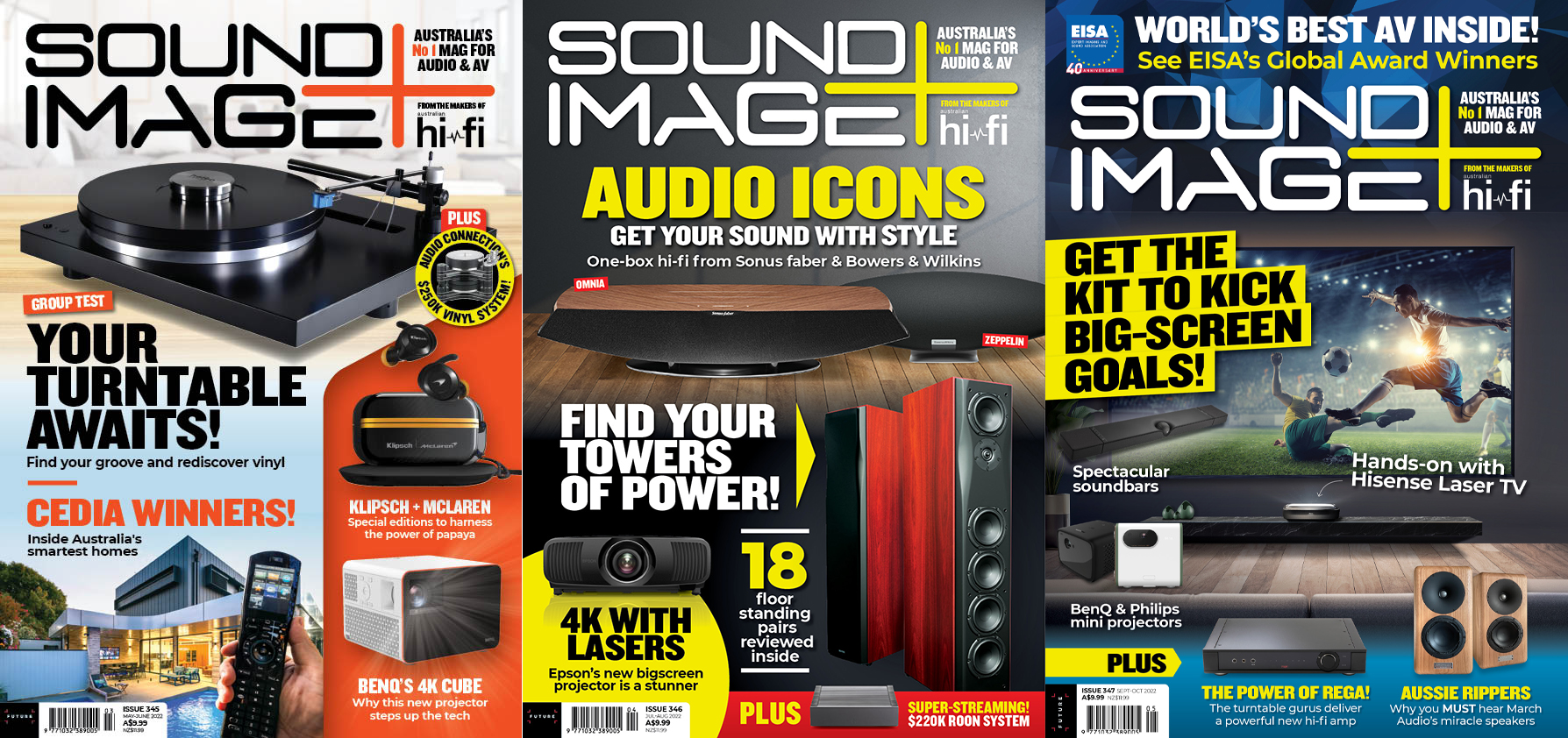
This review originally appeared in Sound+Image magazine, Australian sister publication to What Hi-Fi?. Click here for more information on Sound+Image, including digital editions and details on how you can subscribe.
So we have a small black bar 60cm long and just 6.4cm high, making it fine to sit under the screen of most stand-raised TVs. The subwoofer is also compact, with useful versatility in being able to either stand vertically at 34cm high, or be lain sideways; it ports to the front and appears to fire to the right when standing, so positioning will be pretty versatile within those limits.
The bar is strictly stereo, with laudably few efforts to pretend that it’s going to magically throw sound around the room, just a mention of a “Yamaha Original 3D Sound Field Technology”, and even this is described as “crafting a detailed and lively sound field” rather than claiming faux immersion or fake surround sound.
That’s as it should be. Yamaha’s focus is instead on what it calls ‘True Sound’, by which it means detail, clarity and realism.
The more we looked at the bar, the more it reminded us of the SR-C20A. It has identical dimensions, including a depth of 94mm, and identical inputs too, which are a little more generous than many affordable soundbars, if not quite as well-equipped as some. The Yamaha offers HDMI ARC to play from your TV, plus not one but two optical digital inputs, an analogue input, and the wireless addition of Bluetooth streaming (SBC and AAC codecs available). There are four ‘sound modes’, also very similar to those on the C20A, and other similar adjustments.
But the two bars are in fact different: this offering is not just a C20A with a subwoofer added. The C30A lacks the large woofer driver inside the C20A bar because here the subwoofer will be doing the heavy lifting.
That also makes the C30 bar somewhat lighter, by half a kilogram indeed, and also potentially allows the stereo drivers to work with a larger portion of the cabinet. The crossover will also be different, and Yamaha confirms that the unit has been re-engineered to account for the subwoofer.
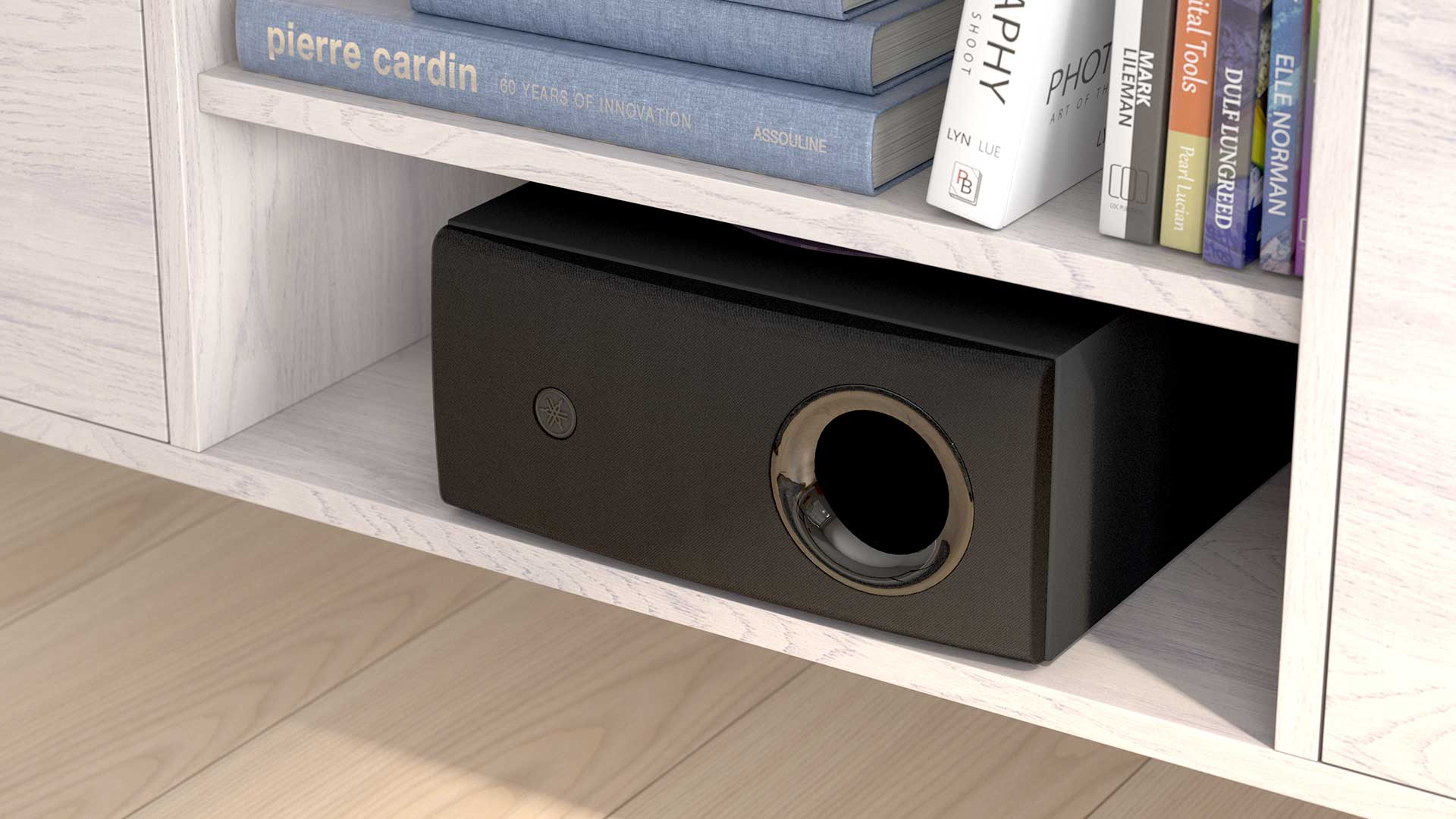
Even so, there’s remarkably little extra to pay. The extra money may lose you one driver in the bar but it gains you an honest-to-goodness subwoofer to cover the deeper bass frequencies. A hundred bucks is bugger all for a subwoofer, yet the wireless unit that comes with the C30A is solid enough, with MDF construction and even an aesthetic fabric over its front baffle, where the port exits. It is 34cm high and 16cm wide (36cm deep) and, as mentioned, Yamaha notes that for convenience it can be used lying low and flat rather than standing up, tall and in some pictures (e.g. above) they even show it lying flat tucked into a cabinet.
This would leave its 13cm driver on the top, firing almost straight into a shelf, so we’re not sure that would be our recommendation. Ideally give it space, whichever way up you use it, and keep it central, since a small subwoofer is more directional than a large one.
We rarely talk about soundbar power levels, because the manufacturers hardly ever quote them; they just don’t look very impressive. So credit to Yamaha for stating that here there is 2 x 20W maximum effective power, quoted into six ohms at 1kHz while allowing 10 per cent distortion (THD). Measure that at hi-fi levels and the watts are likely in single figures – though here there is also the additional power in the subwoofer, quoted as 50W into three ohms, again with 10 per cent THD.
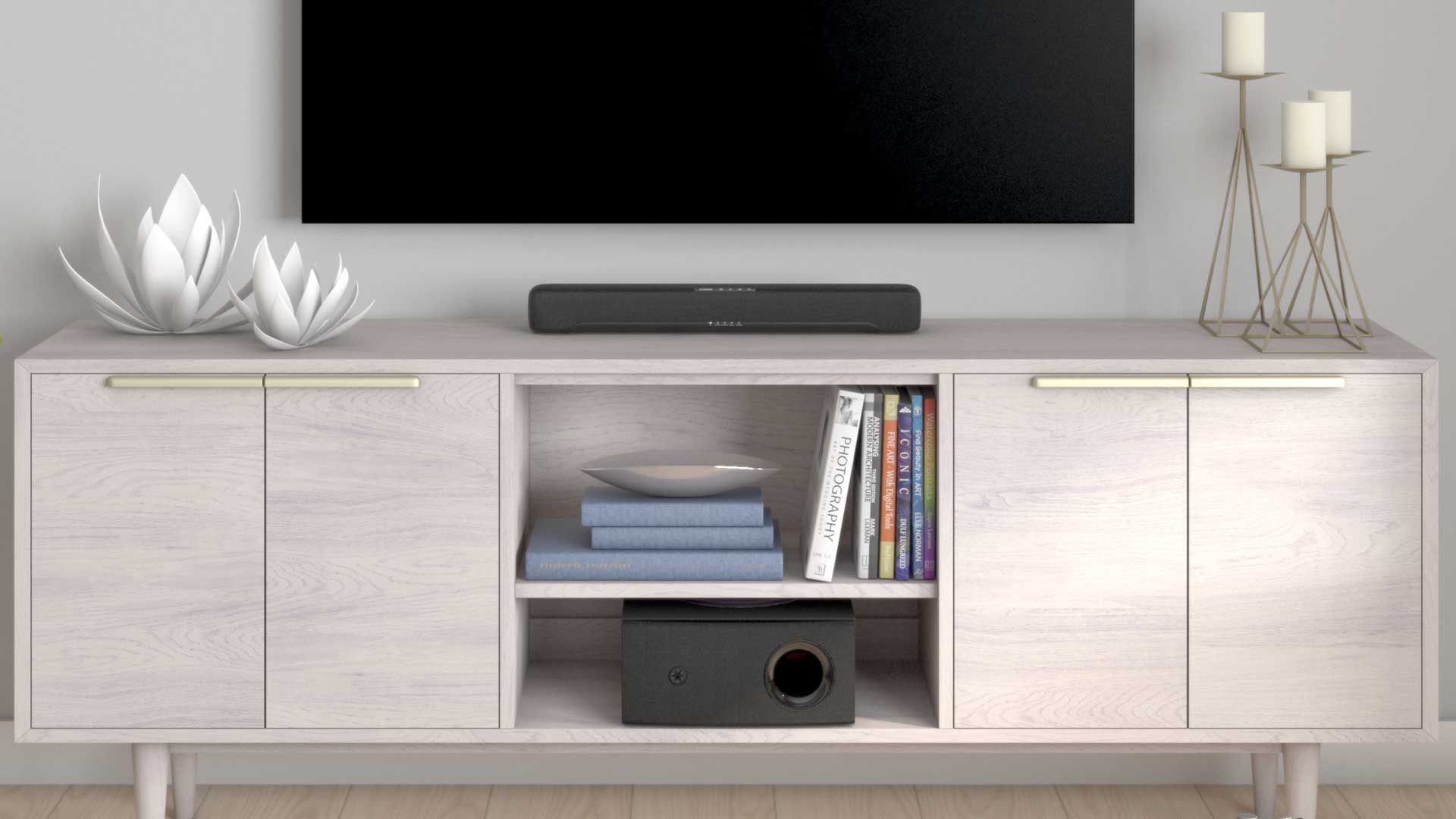
Set-up & listening
The SR-C30A package is nicely portable, and the bar which emerges is nice and dinky. Its fabric grille wrap is thick, so that it was hard to see exactly where the two 46mm speaker cones are positioned. At first we thought they might be on the spacious top surface, but no – running our ear along the grille, the drivers are facing forward near the outer edges of the bar.
We plugged up the subwoofer too, placing it centrally. Finally we made the signal connection from the bar with an HDMI cable to our TV’s eARC socket. Power on.
This bar does not include Dolby Atmos processing; it has just Dolby Audio, which covers Dolby Digital and Pro Logic II. In that regard it won’t matter if your TV supports eARC or only ARC, nor if you choose to use the optical input marked ‘TV’ instead. This is always reassuring, as our experience with ARC and eARC connections working straight off remains at about 75%, even after optimising TV settings. Some TVs just won’t talk nice, so having options is good.
As soon as sound emerged from the SR-C30A bar and sub, it was clear there was both roundness and depth to their sound. Indeed there was a little too much depth at first for the casual TV programming that we started with, but we found that the ‘Bass Extension’ was engaged. When we turned it off, the sound was simply suitably rounded.
However, it’s not easy to tell by looking whether Bass Extension is off or on. The bar has no text display, only a group of LEDs on the front that flash either three times (which means you’ve turned a function on), or once (for off). You get the same LED flashes for selecting the Clear Voice option or one of the four sound modes.
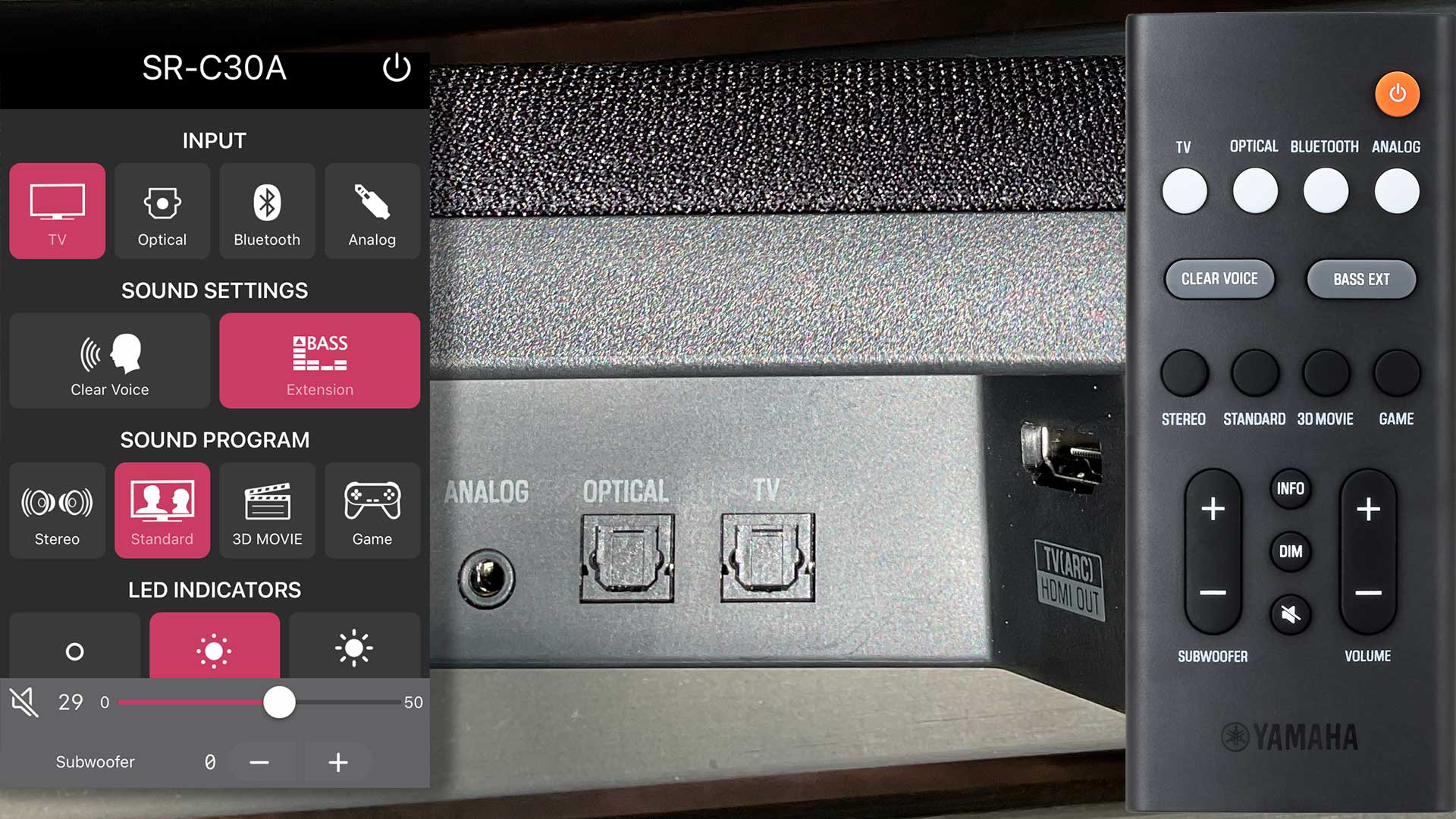
Yamaha has a neat solution for this otherwise limited information – an app called SB Remote (but not Yamaha’s Soundbar Controller app, which requires Wi-Fi). SB Remote connects to the bar via Bluetooth and shows you all the settings and their status, letting you change them easily.
In combination with the excellent remote control – an unusual but very clear wide short remote – this puts all control and knowledge at your fingertips.
What impressed us throughout was that we rarely had to do any button mashing to get a good sound. The Standard and Stereo settings, with Bass Extension off, provided clear and strong sound for pretty much everything.
And it made quite the contrast with bars which go for pseudo-surround and shrill cut-through. The C30A just rolled everything out with a nice balance, and could be lifted to a reasonable level too, while Yamaha’s ‘Adaptive Low Volume’ kept things solid even at low volumes.
While warming up the bar we watched several dialogue-heavy episodes of Mythic Quest on AppleTV+, presumably processed without the Dolby Atmos metadata in its DD+ wrapper but delivered here clearly and strongly in 2.1, voices nicely toned, just a hint of sibilance at higher volumes. This may or may not be Yamaha’s ‘True Sound’ philosophy in action!
How does it hold together with something more dramatic? Well, S1EP3 of House of the Dragon opens with smoke, fire, chomping crabs and the arrival of a dragon; the Yamaha bar/ sub combo had no trouble making this sound big, and remarkably full for a bar combo at such a low price.
Of course, there are also limitations in performance at this price. The whole image remained firmly anchored to the front space and the bar itself, with relatively little sense of space in the soundstaging. And in the big moments – the boar attack, the deer kill – there was a strength of sound, but not the slam with which a bigger faster subwoofer can hit you suddenly in the guts.
The sound mode labelled ‘3D Movie’ would seem a go-to for something like this, and it does open things up with what we presume to be a ‘virtualised’ width, but this mode also thinned dialogue a little and put a light false hint into music content, especially the strings that surge regularly through the HOTD action. It’s the usual choice of having a little more immersion or a little less clarity. Neither fails notably here, so you can make the choice yourself by switching from one to the other.
And if you suffer any latency – and there was just a little here when we switched to the optical connect – try the ‘Game’ Mode, which reduces unnecessary processing to speed the audio path.
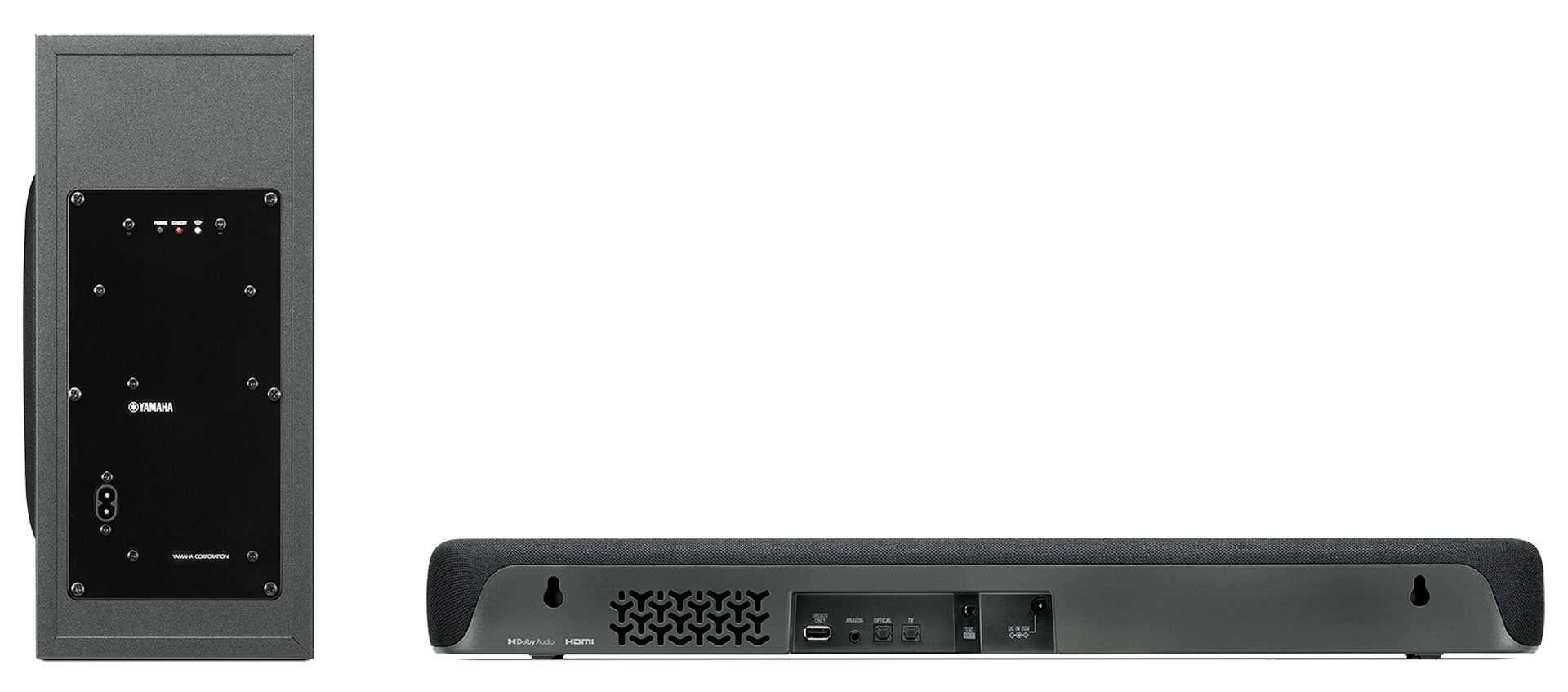
We spent time also playing music to the SR-C30A by Bluetooth; here the effects of the sound modes were still more apparent in the way ‘3D Movie’ thinned a central vocal and phased up the left and right; even ‘Standard’ got a little too edgy. ‘Stereo’ seems the only choice for music playback.
That ‘Bass Extension’ had proven useful on the C20A with music, but on the C30A the additional subwoofer bass it added was just excessive and bloated. Rather we found ourselves using the subwoofer volume controls on the remote to tweak the subwoofer to work best with different material.
It was a mixed bag in terms of musicality – some successes, like Tom Petty’s Running Down a Dream, which pulsed along with a string bass and clear vocal. But also many less enjoyable: we never struck an enjoyable balance for Wheatus’s Teenage Dirtbag, which emerged with an overbitey vocal, while any attempt to get a solid bass led to bloat. The Monkees’ I’m A Believer played softly with any trace of its admittedly subdued bass line absent.
Overall the results were listenable, but we wouldn’t recommend it as your main music system.
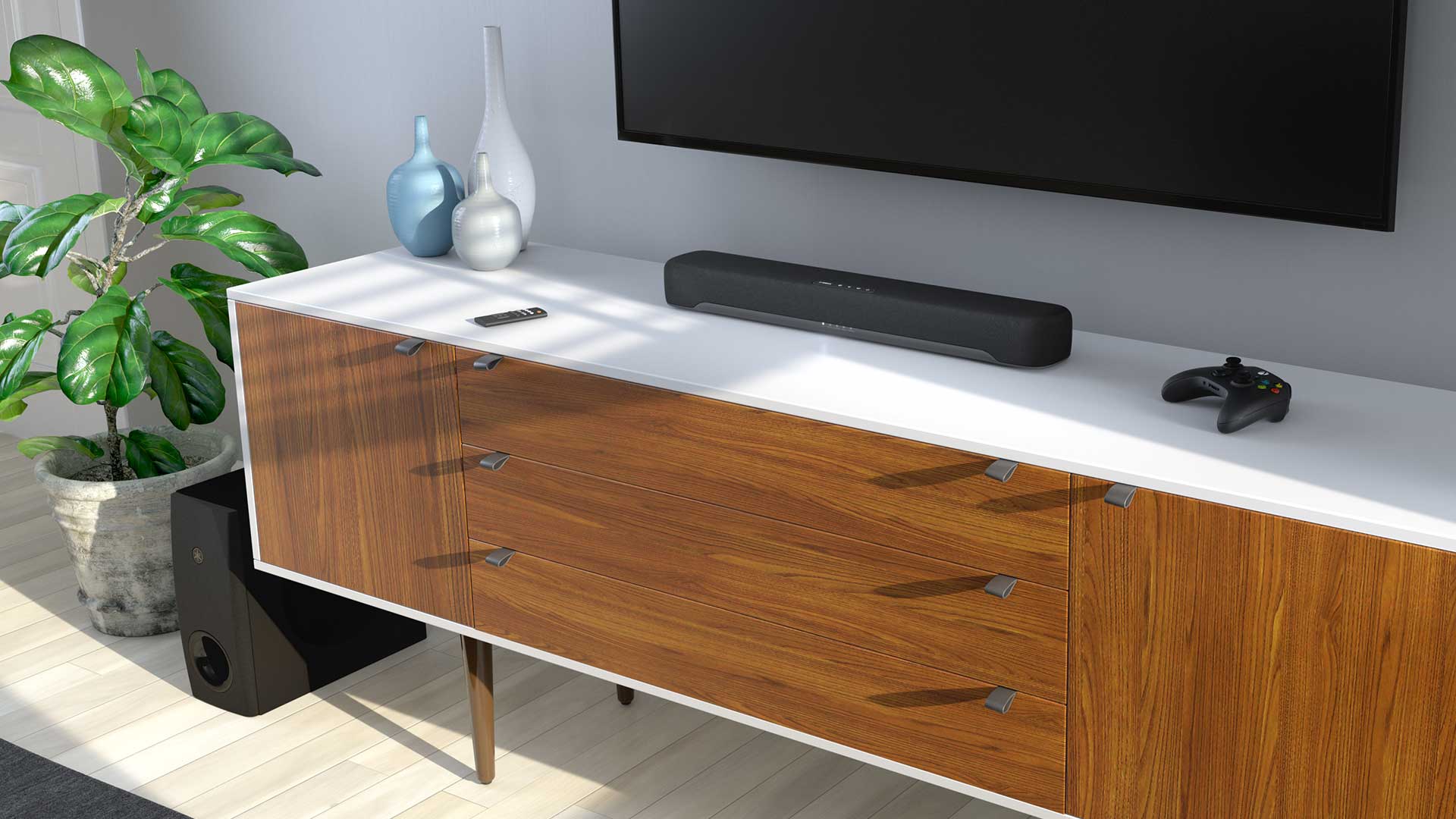
Verdict
Yamaha’s bar-only SR-C20A is ideal for smaller spaces. This SR-C30A adds a subwoofer for remarkably little more given the received gift of far greater scale for rather larger spaces, as well as far greater depth. It’s a combination that won’t bounce flashy sound all over the room – this is a TV audio solution, not a home cinema solution (nor really a music solution).
But as a TV audio solution it is excellent, with solid sound able to power along a big movie soundtrack with clarity and power, if not the width and height of a larger and costlier system. Because the price is definitely one of the stars here – especially in Australia, where it translates impressively favourably. The SR-C30A offers a bargain for a soundbar and subwoofer which do an impressive job within their limits.

Jez is the Editor of Sound+Image magazine, having inhabited that role since 2006, more or less a lustrum after departing his UK homeland to adopt an additional nationality under the more favourable climes and skies of Australia. Prior to his desertion he was Editor of the UK's Stuff magazine, and before that Editor of What Hi-Fi? magazine, and before that of the erstwhile Audiophile magazine and of Electronics Today International. He makes music as well as enjoying it, is alarmingly wedded to the notion that Led Zeppelin remains the highest point of rock'n'roll yet attained, though remains willing to assess modern pretenders. He lives in a modest shack on Sydney's Northern Beaches with his Canadian wife Deanna, a rescue greyhound called Jewels, and an assortment of changing wildlife under care. If you're seeking his articles by clicking this profile, you'll see far more of them by switching to the Australian version of WHF.
